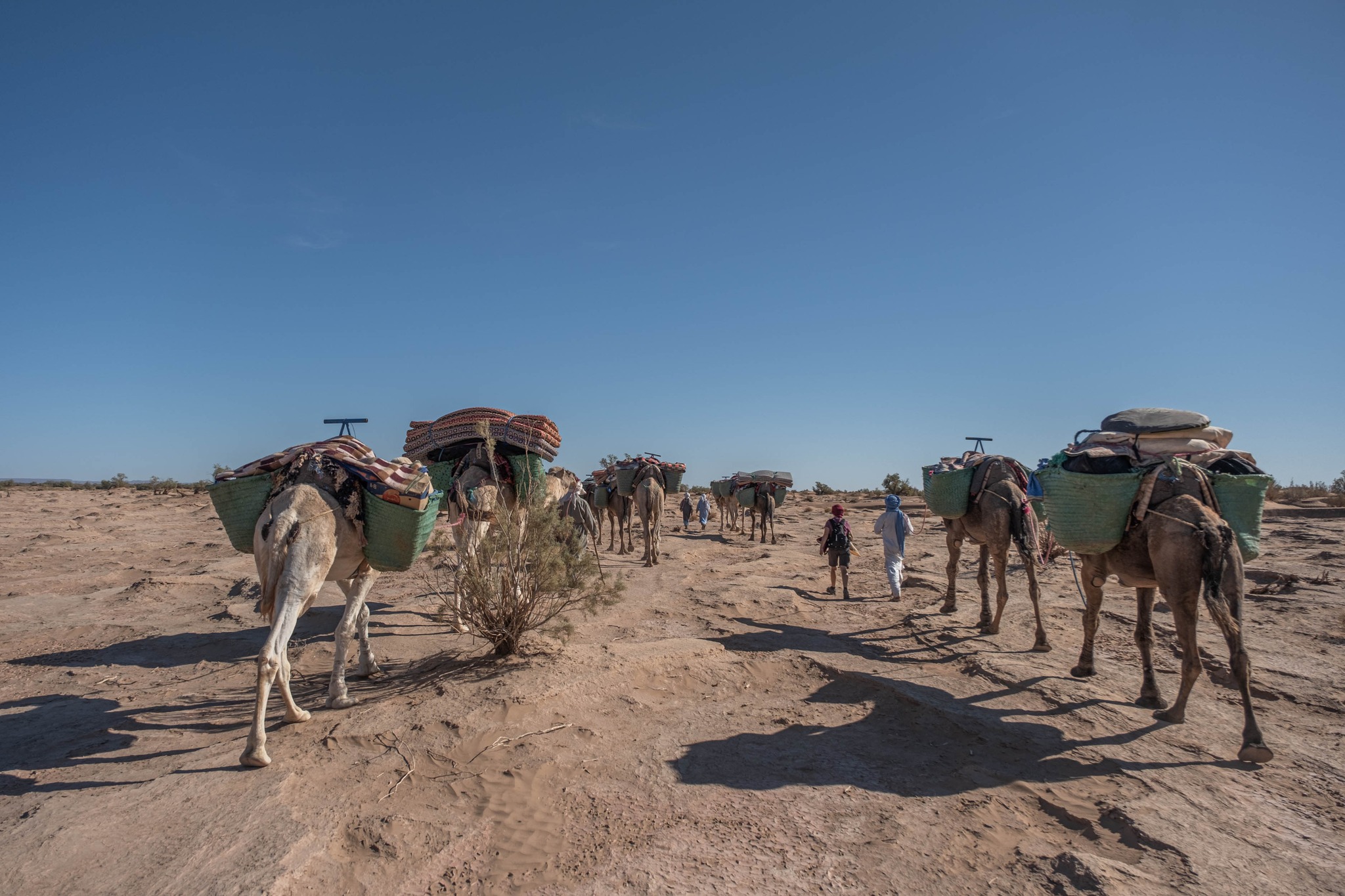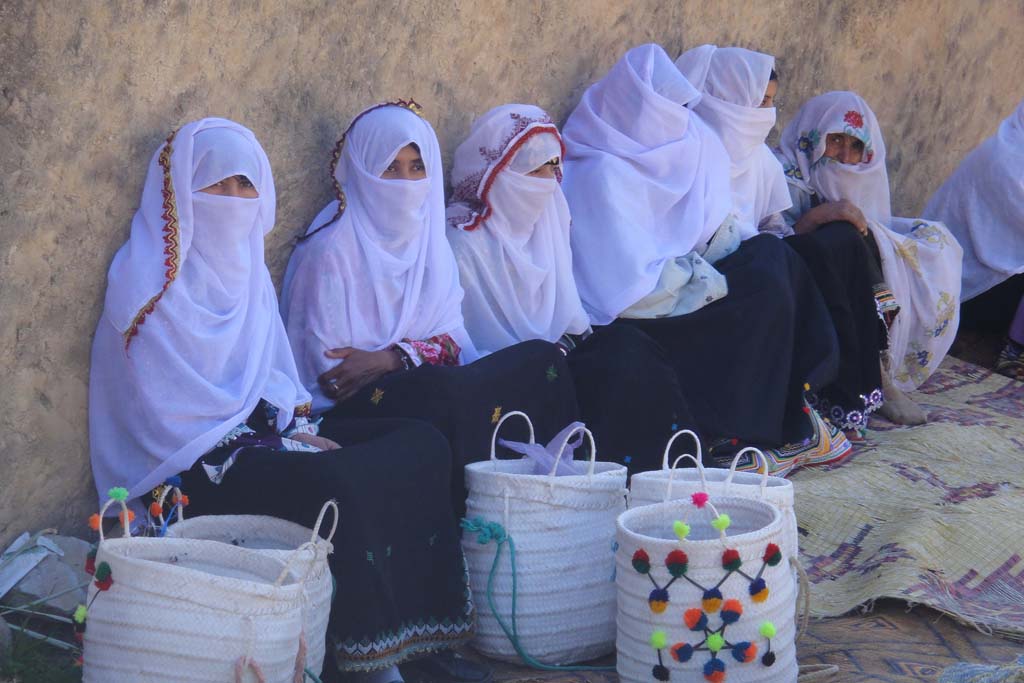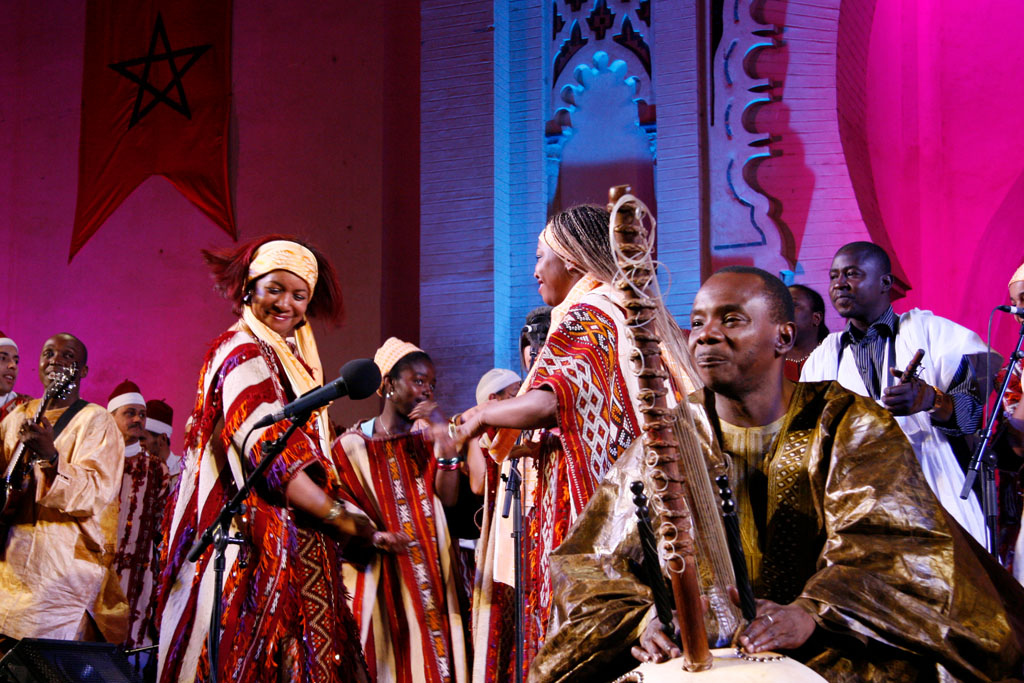A Portrait Of Morocco
Introducing Morocco
Morocco is like a tree whose roots lie in Africa but whose leaves breathe in European air. This is the metaphor that King Hassan II (1929–99) used to describe a country that is both profoundly traditional and strongly drawn to the modern world. It is this double-sided, seemingly contradictory disposition that gives Morocco its cultural richness.
Morocco is a country that is unique in the Muslim world. Its richly diverse culture has been shaped by 3,000 years of history, by ethnic groups whose roots go far back in time, and also by its geographical location, with the Atlantic Ocean to the west, sub-Saharan Africa to the south, Europe to the north and the Mediterranean countries to the east.
The Moroccan people are torn bet ween the lure of modernity on the one hand and a profound desire for Islamic reform on the other. With events such as the death in 1999 of Morocco’s sovereign, Hassan II, and the enthronement of his son and successor, Mohammed VI, as well as the establishment of a left-wing coalition government and the problems that that government faces regarding the economy and freedom of the press, Morocco today stands on the threshold of a challenging new phase in its history.
Morocco At A Glance
From the Mediterranean coast to the High Atlas, beyond which the country stretches out into the boundless expanses of the Sahara Desert, Morocco forms a gigantic semicircle facing onto the Atlantic. Its major towns and cities, the focus of the country’s economic and political activity, are located along the Atlantic seaboard from Tangier to Agadir and from Fez to Rabat. Topography, climate and history have together created a multifaceted country which offers everything from beaches, high mountain valleys and fertile agricultural land with almond and peach trees to majestic mountains and an extensive desert dotted with oases and palm groves. In secret medinas, in labyrinthine souks, or at the foot of Almohad and Merinid minarets, traders and craftsmen can be seen continuing ancient artistic traditions.

The Climate Of Morocco

Bordered by the Atlantic and the Mediterranean, joined to the African continent by the Sahara, and diagonally bisected by the long mountain chain of the High and Middle Atlas, Morocco does not have a uniform climate. It is cooled by moist northwesterly winds and seared by hot, dry southeasterlies such as the chergui. In summer, conditions are those of a hot arid zone. In winter, which is very mild except in the mountains, conditions switch to those of a temperate coastal zone. Water is in relatively short supply everywhere and agriculture, involving about 40 per cent of the economically active population, is acutely dependent on adequate rainfall.
Morocco On The Map
Morocco has many faces. It is situated on the African continent and has traces of African heritage. But its climate and varied topography, its historical association with Andalusian Spain, and its wish to join the European Union give it a European facet. In the distant past it belonged to the indigenous Berbers. To the Arabs and Muslims who have held Morocco since the 7th century, it is known as Maghreb el-Aqsa – the westernmost country of the Muslim world. Morocco has 33,750,000 inhabitants, almost 40 per cent of whom are under 15 years old. The population is unevenly distributed over the country’s 710,850 sq km, being concentrated along the Atlantic coast and in the Rif and the High Atlas mountains.

Moroccan Dresses and Jewellery




Morocco Through The Year
Festiavls in Morocco
Imilchil Wedding Festival

(towards end of September, 3 days), Imilchil. Tribal gathering of the Aït Haddidou at which betrothals are made. Performances of folk song and dancing take place at this colourful event.
Rose Festival Kelaat M’Gouna

After the rose harvest, El-Kelaa M’Gouna (near Ouarzazate). Held in the town that is the capital of rose cultivation, this festival features folk music and dance in the Valley of roses southeast of Morocco.
Rose Festival Kelaat M’Gouna

Festival of world Sacred Music (1 week), Fez. Concerts every day. Jewish, Christian and Sufi religious music, gospel singing, Senegalese songs, and so on.
Date Festival In Erfoud

(3 days after the date harvest in the groves of the Tafilalt), Erfoud. Many tribes from the Tafilalt gather, and several varieties of dates are sold in the souks. Folk dancers and musicians perform in the streets of Erfoud.
Date Festival In Erfoud

Gnaoua musicians perform their distinctive music at this event. There is also other traditional Moroccan music, as well as visiting American and European jazz groups.
Almond Blossom Festival

Tafraoute (south of Agadir). Agricultural festival marking the short-lived but spectacular pink and white almond blossom.
Religious Festivals
Festiavls in Morocco
The dates of Muslim festivals in Morocco are set according to the lunar calendar of the Hegira (the beginning of the Muslim era in 622). The Muslim year is 10 or 11 days shorter than that of the Gregorian calendar. Religious festivals in Morocco also take place 11 days earlier each year in relation to the Western calendar. Guided by the phases of the moon, the religious authorities wait until the last moment before deciding on the exact date of each festival.
Moharem: Muslim New Year.
Achoura: traditional almsgiving (zakat) to the poor; presents are also given to children.
Mouloud (aïd al-wawlid): anniversary of the birth of the Prophet Mohammed. Many moussems also take place at the same time as Mouloud, and their dates are therefore different each year. Among the most important are the moussem of Moulay Brahim, near Marrakech, that of Moulay Abdessalam ben Mchich, in the north, the moussem of Sidi Mohammed ben Aïssa, of Sidi Ali ben Hamdouch, the Candle Festival in Salé and the moussem of Moulay Abdelkader Jilali.
Ramadan: practising Muslims fast for a month, eating only after sunset.
Aïd es-Seghir (the small festival), also known as Aïd el-Fitr: festival marking the end of the 30-day fast of Ramadan.
Aïd el-Kebir (the grand festival), also known as Aïd el-Adha: this festival, taking place 68 days after Aïd es-Seghir, commemorates the day when, by divine order, Abraham prepared to sacrifice his son Isaac, when Allah interceded by providing a ram in place of the child. Every household sacrifices a sheep and shares the meat at a family meal.
